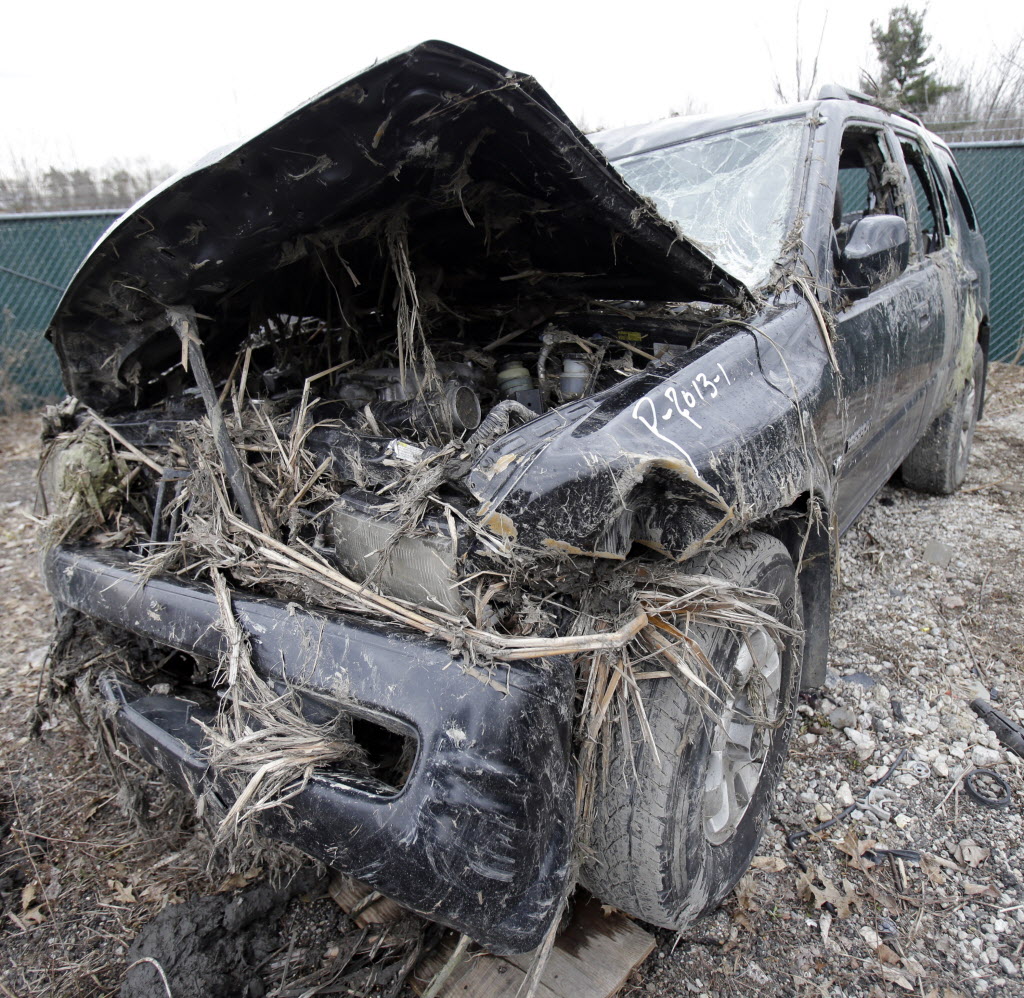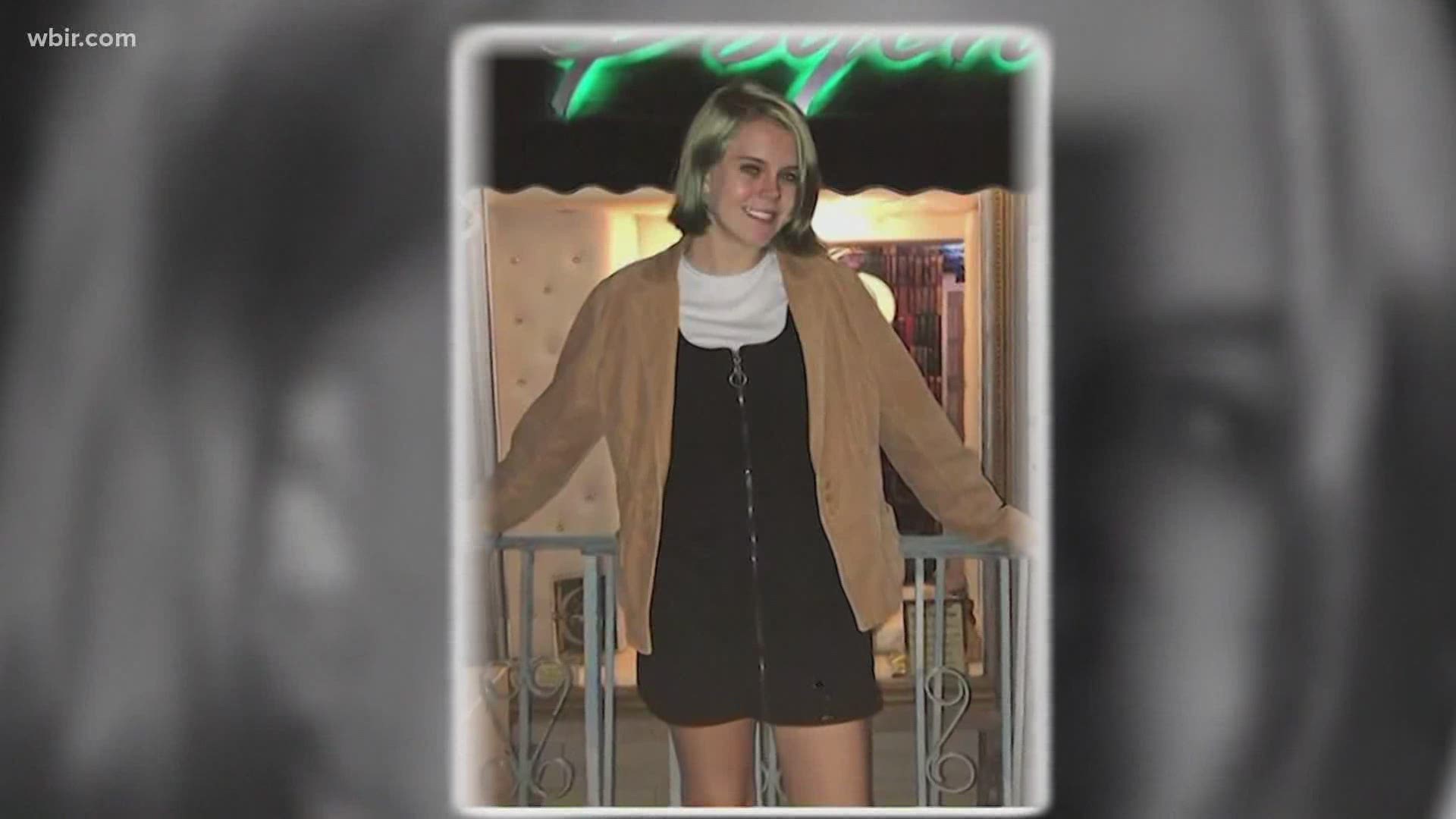WASHINGTON – School's out. Teens are on the road. And so begins the stretch of "100 deadliest days" of the summer driving season, according to AAA, the automobile research and educational group.
If the last five years are any indication, about 1,000 people will die in crashes with teenage drivers in the 100 days from Memorial Day until the kids are back at school, the study found.
Crashes for drivers aged 16 to 19 increase significantly during the summer months because more are driving, pushing the average number of deaths up 16% over other times of the year.
AAA found an average of 1,022 people – more than 10 per day – died during the 100 days after Memorial Day during each of the last five years in crashes involving teens, based on data from the National Highway Traffic Safety Administration.
Driver distractions, such as talking on cell phones and texting, contribute to 58.5% of the crashes, according to a review of 2,229 dash-camera videos taken through a program with Lytx DriveCam cameras. The videos show moderate to severe crashes from August 2007 through April 2015.
The analysis, with the University of Iowa, looked at the final six seconds before a crash and found 15% involved talking to others in the car, 12% involved a cell phone, whether talking, texting or otherwise operating, and 11% involved looking at or attending to something inside the car.
“It’s no secret that teens are extremely connected to their cell phones,” said Jennifer Ryan, AAA director of state relations. “Many teens are texting or using social media behind the wheel more often than in the past, which is making an unsafe situation even worse.”
A National Highway Traffic Safety Administration survey from 2007 to 2014 found that the percentage of young drivers 16 to 24 years old seen using a hand-held device quadrupled from 1% to 4.8%.
The Pew Research Center found that 55% of teens send texts daily — and they average 80 per day. Pew said in 2009 that 92% of youths 15 to 17 years old had cell phones and 24% reported being online "almost constantly."
The Virginia Tech Transportation Institute found that texting creates a crash risk 23 times greater than driving while not distracted.
Jurek Grabowski, research director for the AAA Foundation for Traffic Safety, said studies have found that distractions got worse as teens switched from simply making calls to diverting their hands and eyes for texting or using social media while driving.
“They went from a dangerous activity to an extremely dangerous activity," he said. “In these dangerous situations, they don’t even see the crashes coming and that’s just insane."


